Home>Furniture & Design>Bedroom Furniture>Why Does My Memory Foam Pillow Smell
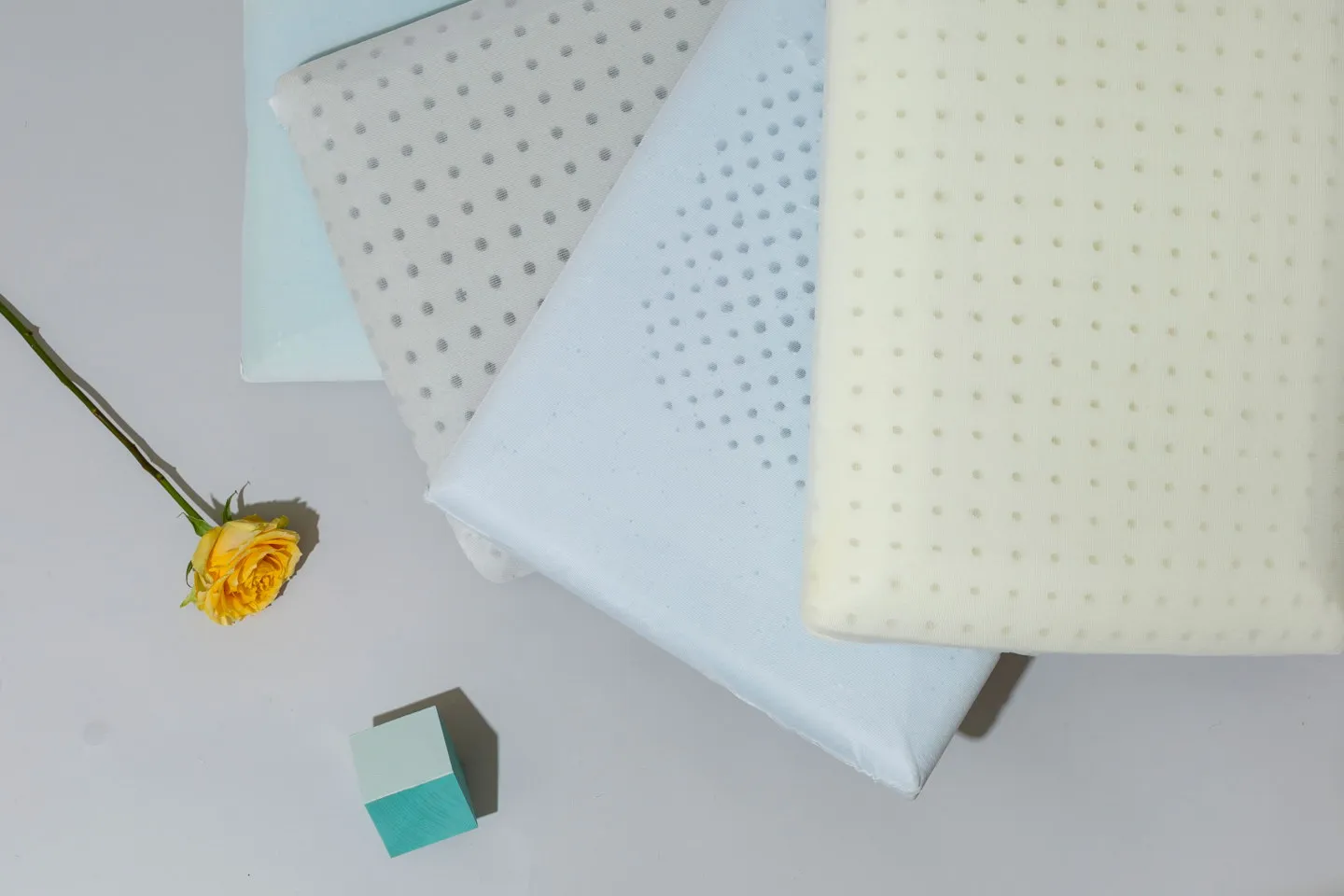

Bedroom Furniture
Why Does My Memory Foam Pillow Smell
Modified: January 14, 2024
Discover how to get rid of the smell from your memory foam pillow with our expert tips. Improve your bedroom furniture and design with our odor-eliminating solutions.
(Many of the links in this article redirect to a specific reviewed product. Your purchase of these products through affiliate links helps to generate commission for Storables.com, at no extra cost. Learn more)
**
Introduction
**
So, you've just purchased a brand new memory foam pillow to elevate your sleep experience, but there's one problem – the smell. It's not uncommon for memory foam pillows to emit a distinct odor, often described as chemical-like or "off-gassing." While this may initially cause concern, understanding the reasons behind this phenomenon and the methods to alleviate it can help put your mind at ease.
In this article, we'll delve into the world of memory foam pillows, exploring the factors contributing to their initial odor and providing practical tips to effectively eliminate the smell. By the end of this journey, you'll be equipped with the knowledge and strategies necessary to enjoy the comfort of your memory foam pillow without any unpleasant olfactory distractions.
Let's embark on this aromatic adventure and uncover the secrets of memory foam pillow smell, empowering you to make the most of your sleep sanctuary.
**
Key Takeaways:
- Embrace the Aromatic Adventure: New memory foam pillows may emit a temporary odor due to off-gassing. Use sunlight, baking soda, and patience to eliminate the smell and enjoy a refreshing sleep experience.
- Tranquil Sleep Sanctuary: Understanding memory foam pillow smell and implementing practical tips like airing out, using activated charcoal, and essential oils can transform your pillow into a blissful haven free from unwanted odors.
Read more: Why Does My Memory Foam Mattress Sink
Understanding Memory Foam
**
Before delving into the causes and solutions for memory foam pillow smell, it's essential to grasp the nature of memory foam itself. This innovative material, initially developed by NASA in the 1960s for aircraft cushions, has revolutionized the comfort industry with its unique properties.
Memory foam, also known as viscoelastic foam, is celebrated for its exceptional ability to contour to the body's shape, providing personalized support and pressure relief. This is achieved through the foam's sensitivity to temperature and weight, allowing it to mold to the body when in contact, then return to its original shape once the pressure is removed.
One of the key components of memory foam is polyurethane, a versatile polymer renowned for its resilience and durability. Additionally, various additives, such as chemicals and fragrances, may be incorporated during the manufacturing process to enhance specific characteristics of the foam.
When a memory foam pillow is freshly manufactured, it undergoes a period of off-gassing, during which volatile organic compounds (VOCs) are released into the air. These VOCs are responsible for the distinct odor associated with new memory foam products. While the off-gassing process is a natural occurrence, the intensity and duration of the smell can vary based on factors such as the pillow's composition, manufacturing techniques, and packaging.
Understanding the composition and behavior of memory foam lays the groundwork for comprehending the reasons behind the initial odor and equips us with the knowledge needed to address this common concern.
Causes of Memory Foam Pillow Smell
The distinctive smell emanating from memory foam pillows can be attributed to several factors inherent to the manufacturing and composition of the material. Understanding these causes sheds light on the origins of the odor and informs the strategies for mitigating it.
- Off-Gassing: When memory foam pillows are produced, they undergo a process known as off-gassing, wherein volatile organic compounds (VOCs) are released into the air. These VOCs, which include chemicals like formaldehyde and flame retardants, contribute to the initial scent of new memory foam products. While off-gassing is a temporary phase, the duration and intensity of the smell can vary based on factors such as the pillow’s composition and the specific chemicals used in its production.
- Sealed Packaging: Memory foam pillows are often tightly sealed in plastic packaging for transportation and storage. This containment can exacerbate the concentration of odors within the packaging, intensifying the smell when the pillow is first unwrapped.
- Chemical Components: The composition of memory foam, particularly the polyurethane and additional chemicals incorporated during manufacturing, contributes to the release of odorous compounds. These chemical components, while integral to the foam’s supportive and adaptive properties, can emit distinct odors during the initial stages of use.
- Environmental Factors: The environment in which the memory foam pillow is stored or used can influence the persistence of the smell. Factors such as temperature, humidity, and ventilation play a role in either prolonging or expediting the dissipation of the odor.
By recognizing the causes of memory foam pillow smell, we gain insight into the underlying mechanisms generating the odor and can implement targeted measures to effectively address this common occurrence.
To get rid of the smell in your memory foam pillow, try airing it out in a well-ventilated area for a few days. You can also sprinkle baking soda on the pillow and let it sit for a few hours before vacuuming it off.
Tips for Removing Memory Foam Pillow Smell
While the initial smell of a new memory foam pillow may be off-putting, rest assured that there are several practical approaches to minimize and eliminate the odor, allowing you to fully enjoy the comfort and support it offers. By implementing the following tips, you can effectively address the smell and expedite the process of acclimating to your new pillow.
- Air Out the Pillow: Upon unwrapping your memory foam pillow, allow it to air out in a well-ventilated area. This enables the off-gassing VOCs to disperse more rapidly, reducing the concentration of odor within the pillow.
- Sunlight Exposure: Placing the pillow in direct sunlight can aid in dissipating the smell, as sunlight facilitates the breakdown of odorous compounds. Be mindful of not leaving the pillow exposed to sunlight for extended periods to prevent potential damage to the foam.
- Baking Soda Application: Sprinkling a thin layer of baking soda over the pillow’s surface and allowing it to sit for several hours can help absorb and neutralize odors. Afterward, vacuum the pillow to remove the baking soda residue.
- Use of Activated Charcoal: Activated charcoal, known for its exceptional odor-absorbing properties, can be utilized to reduce the smell of the pillow. Placing activated charcoal near the pillow or within a breathable pouch alongside the pillow can aid in neutralizing the odor.
- Essential Oils and Fabric Refresher: Lightly misting the pillow with a mixture of water and a few drops of essential oils, such as lavender or eucalyptus, or utilizing a fabric refresher designed to eliminate odors, can help impart a pleasant scent while reducing the existing odor.
- Patience and Persistence: It’s important to recognize that the process of eliminating the memory foam pillow smell may require time and repeated efforts. By consistently implementing these odor-reducing methods and allowing for adequate ventilation, the intensity of the smell will gradually diminish.
By employing these practical tips, you can effectively address the initial odor of your memory foam pillow, paving the way for a more enjoyable and refreshing sleep experience.
Conclusion
As we conclude our exploration into the enigmatic realm of memory foam pillow smell, it’s evident that the initial odor associated with these pillows is a natural occurrence stemming from the off-gassing of volatile organic compounds (VOCs). Understanding the causes of this phenomenon, including the chemical composition of memory foam and environmental factors, provides valuable insight into the strategies for mitigating and eliminating the smell.
By allowing the pillow to air out, harnessing the deodorizing properties of baking soda and activated charcoal, and incorporating natural remedies such as essential oils, you can effectively minimize the odor and expedite the acclimation process. Additionally, being mindful of environmental factors, such as sunlight exposure and ventilation, can further aid in dissipating the smell, allowing you to fully appreciate the comfort and support offered by your memory foam pillow.
It’s important to approach the process with patience and persistence, understanding that the dissipation of the initial odor may require time and repeated efforts. By implementing the practical tips provided in this article, you can transform your memory foam pillow into a rejuvenating sanctuary, free from the distractions of unwanted odors.
Armed with this newfound knowledge, you can confidently embark on your journey to a restful night’s sleep, empowered to conquer the challenge of memory foam pillow smell and revel in the blissful comfort it has to offer.
Here’s to embracing the aromatic adventure and transforming your sleep sanctuary into a haven of tranquility and rejuvenation.
Frequently Asked Questions about Why Does My Memory Foam Pillow Smell
Was this page helpful?
At Storables.com, we guarantee accurate and reliable information. Our content, validated by Expert Board Contributors, is crafted following stringent Editorial Policies. We're committed to providing you with well-researched, expert-backed insights for all your informational needs.


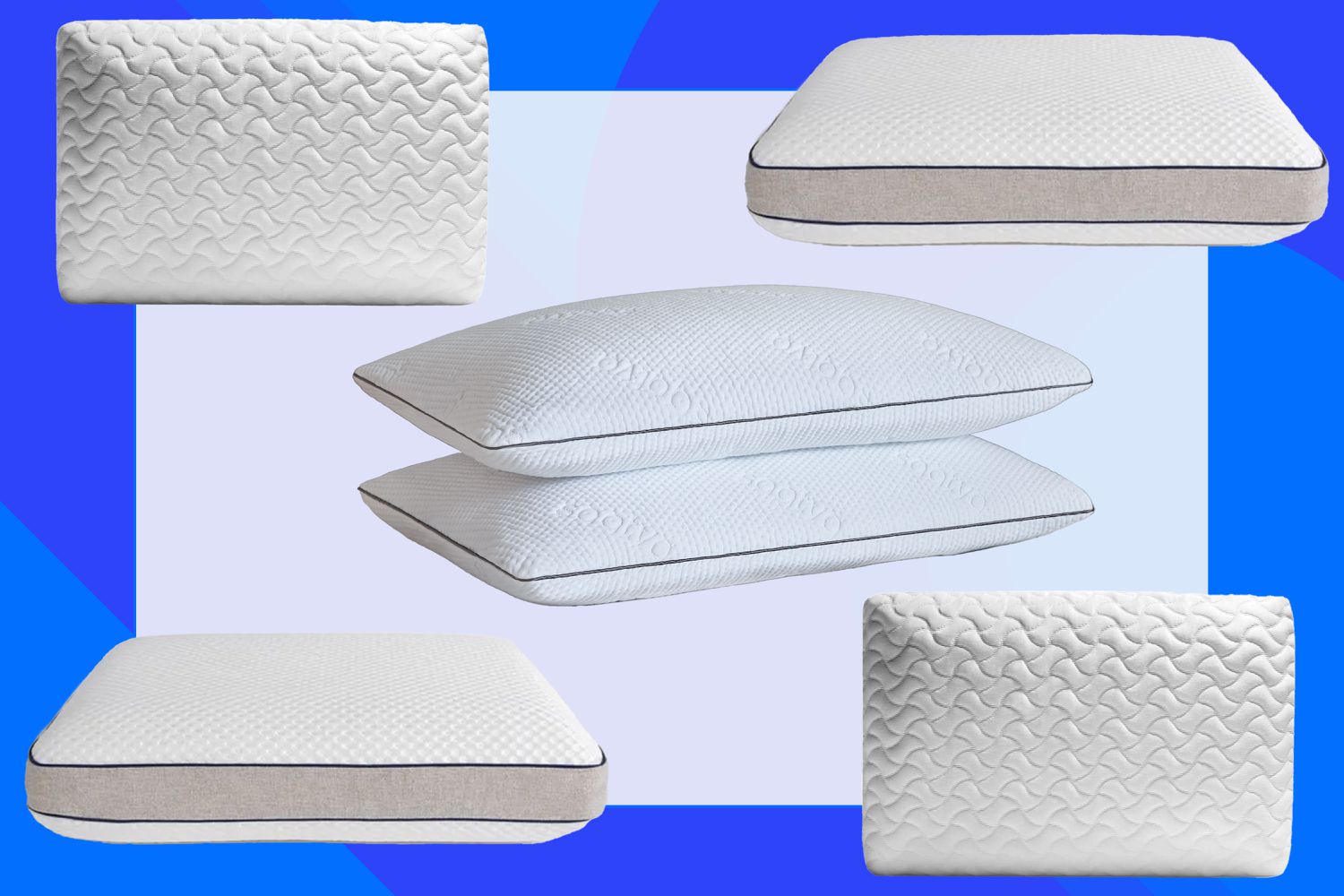
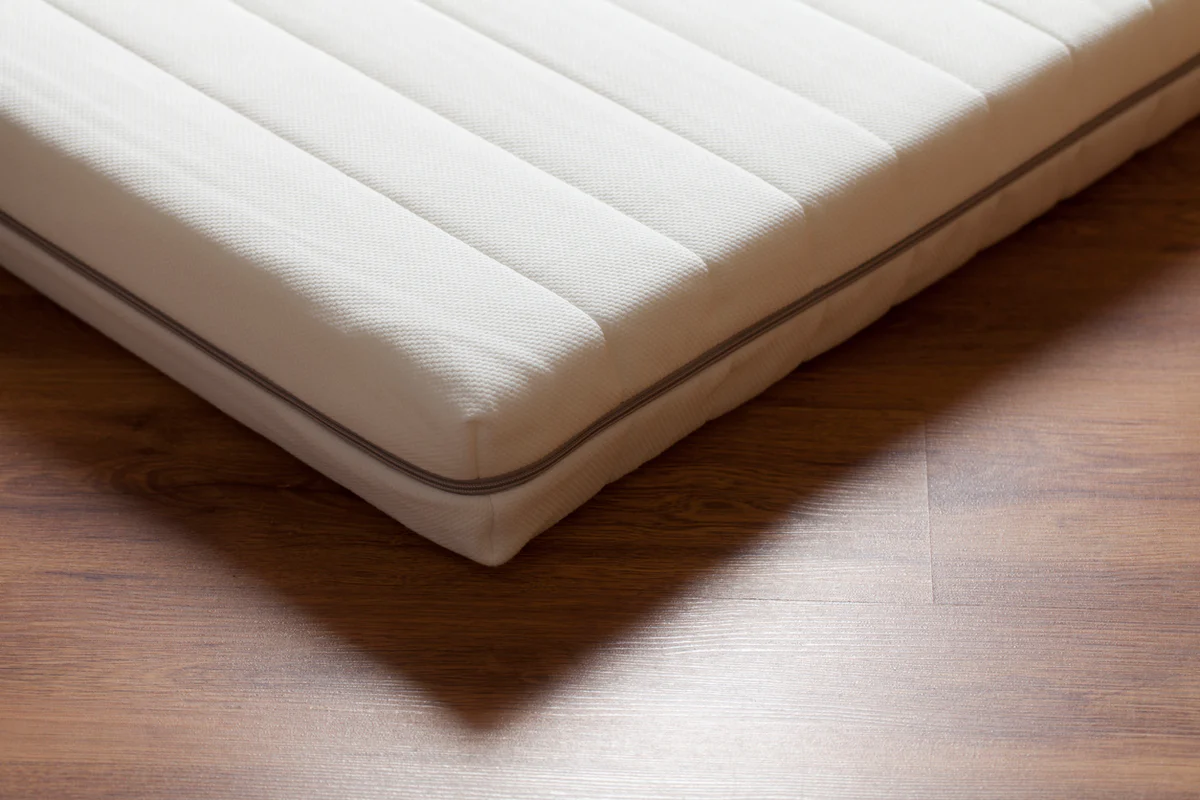

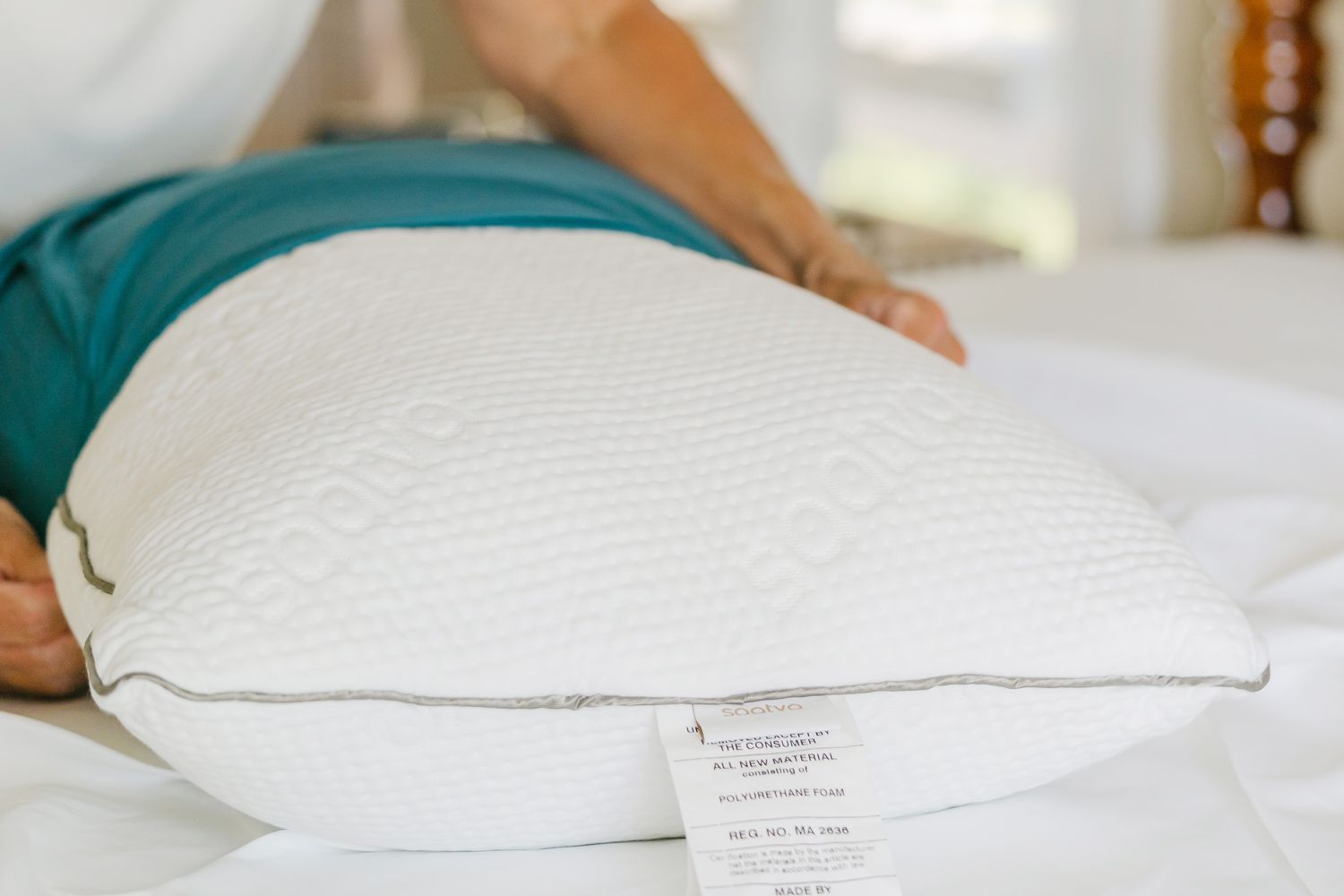
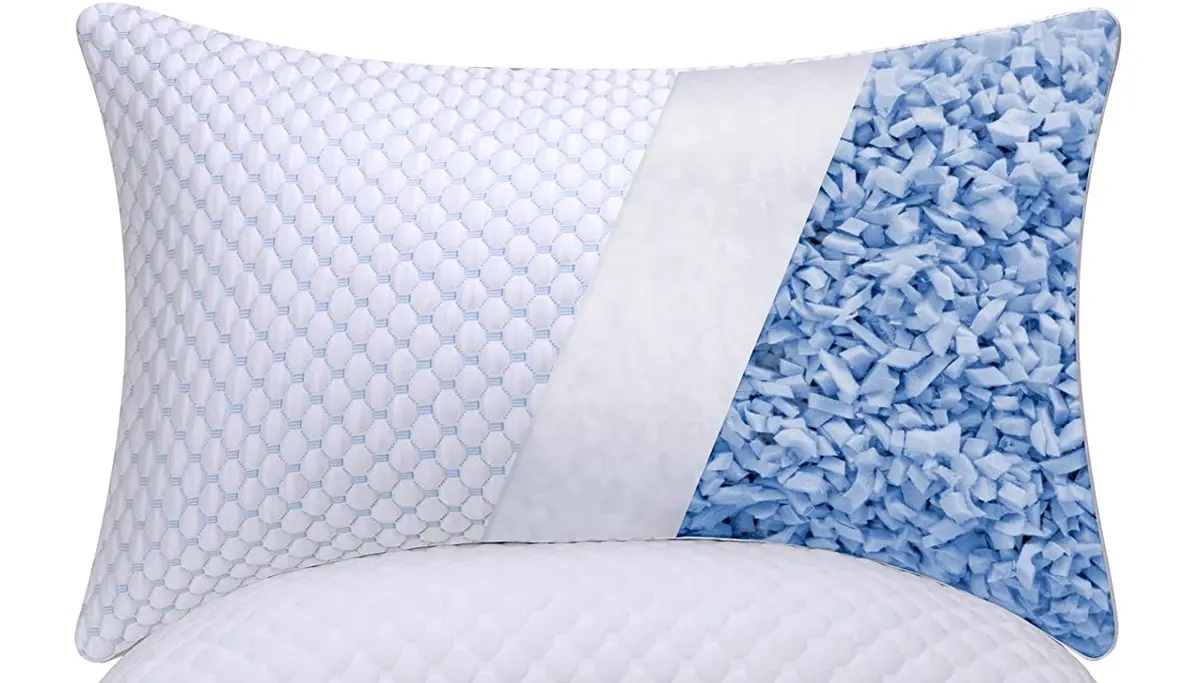
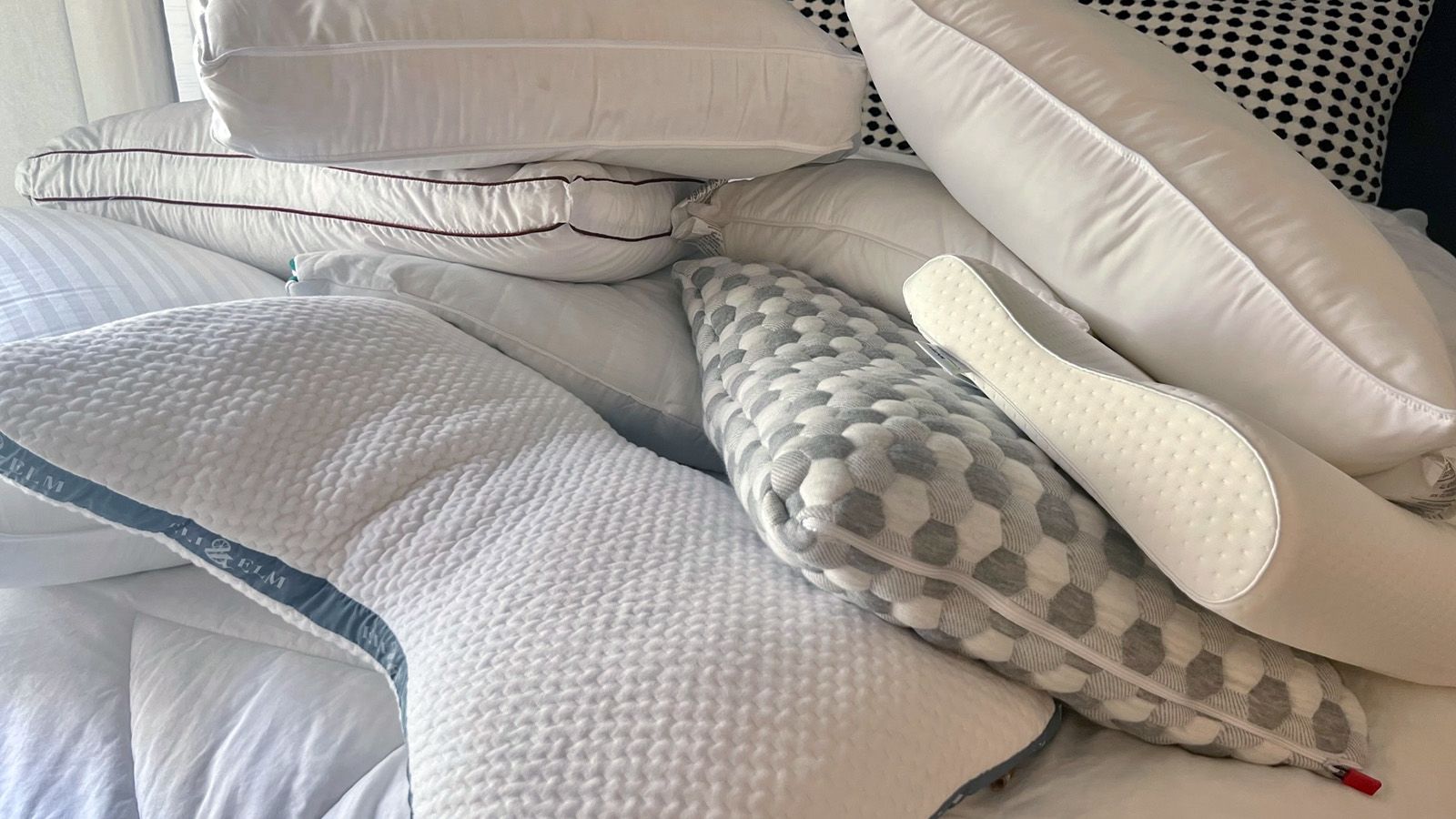
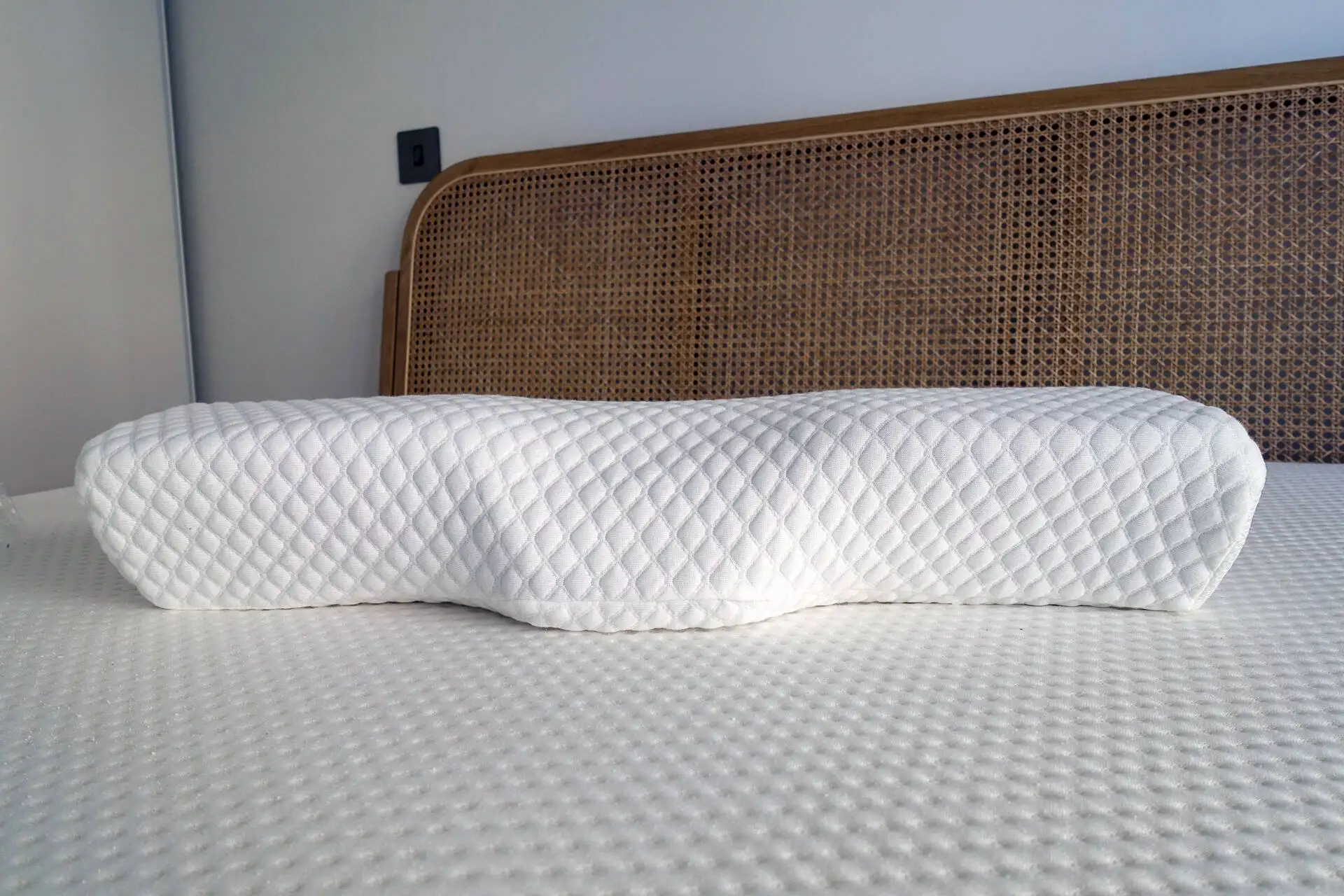
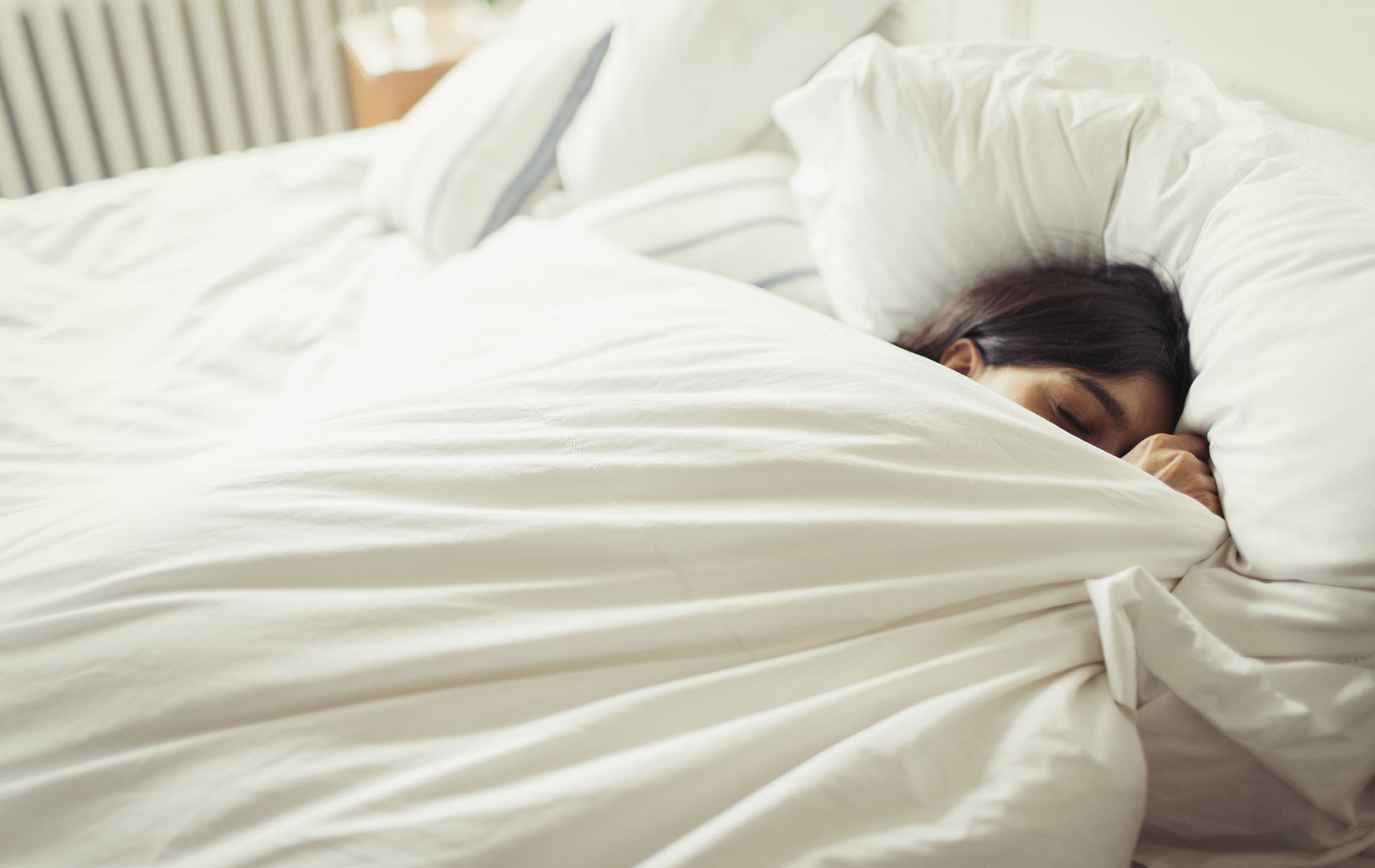
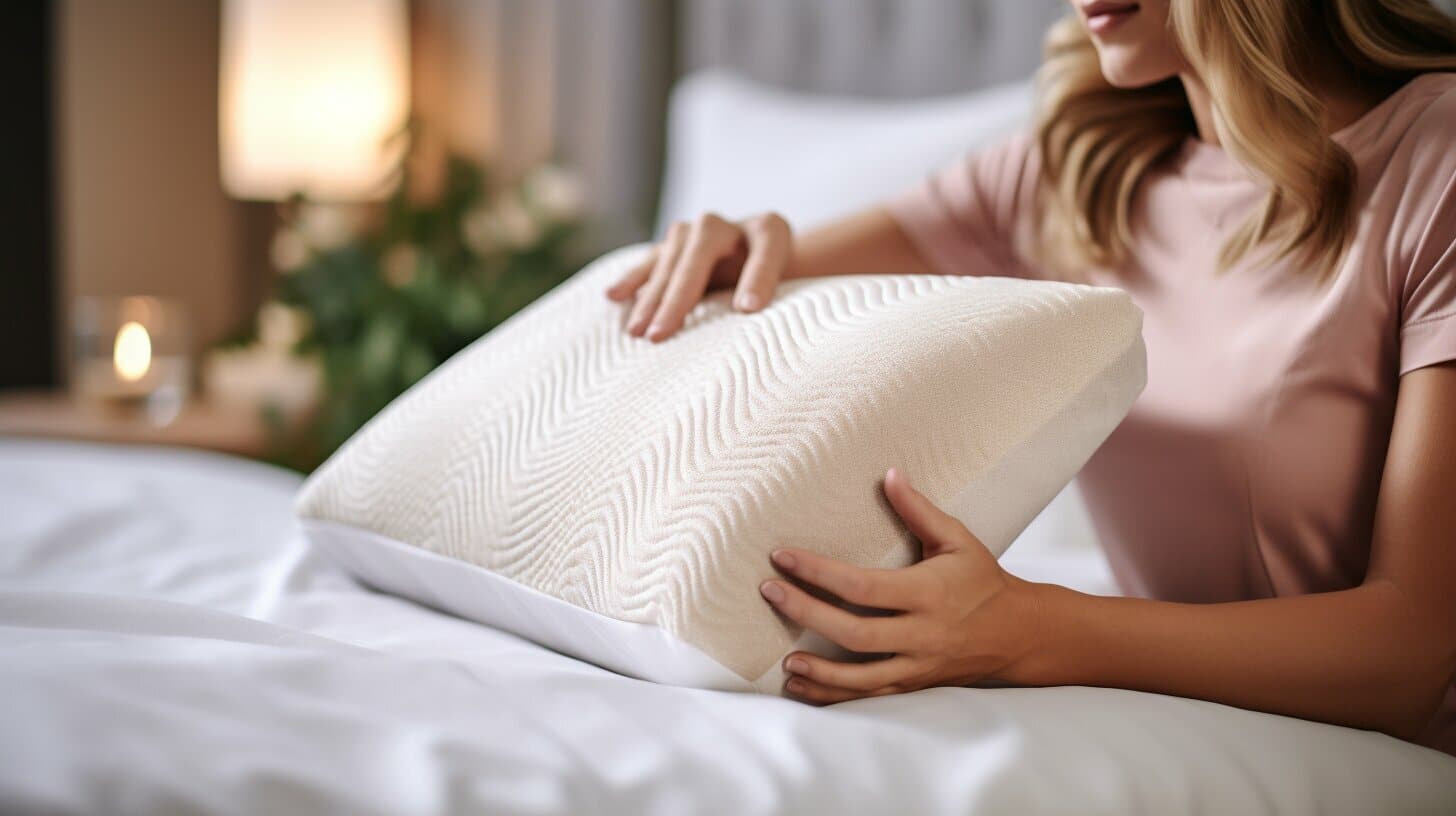
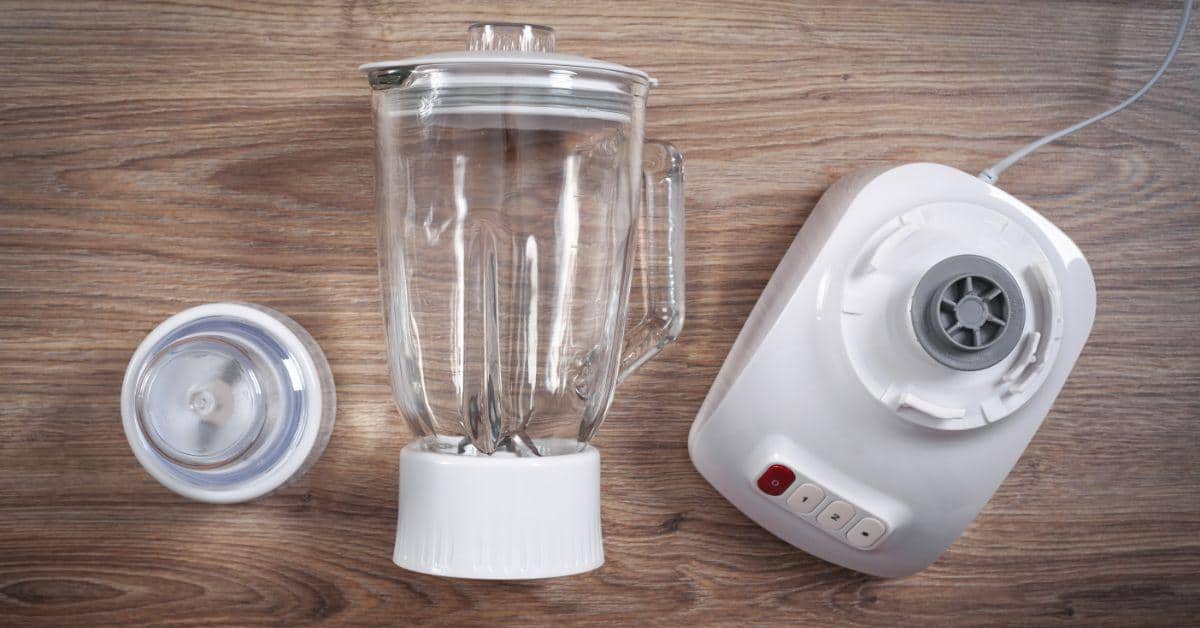
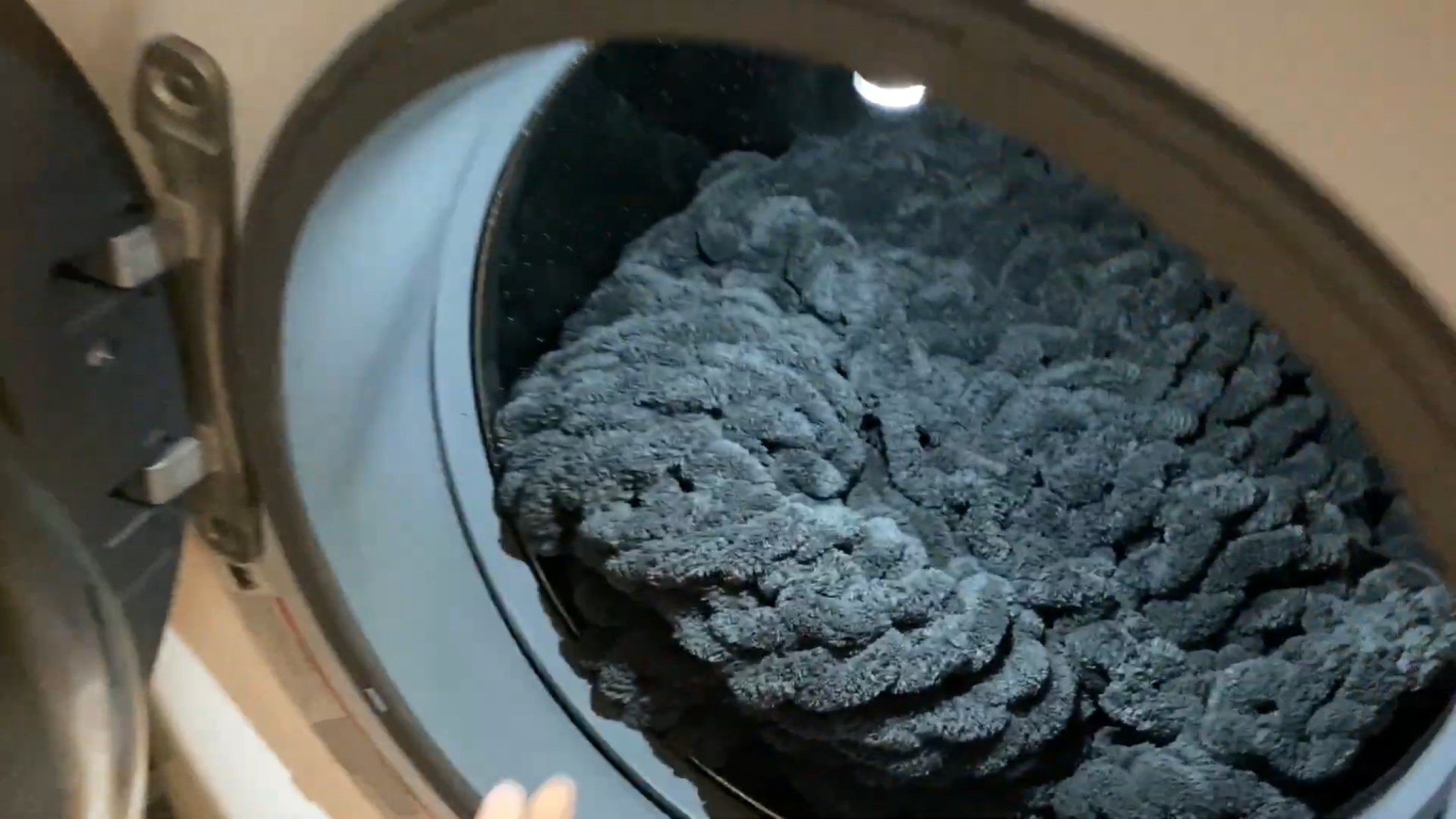



0 thoughts on “Why Does My Memory Foam Pillow Smell”